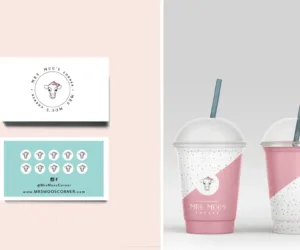Mastering Your E-commerce User Experience
In an era where shoppers can buy almost anything with a few taps, delivering an outstanding e-commerce user experience (UX) is crucial. A streamlined, intuitive, and visually appealing online store can mean the difference between cart abandonment and repeat purchases. So how do you master the art of e-commerce UX?
Start with Clear Navigation
Shoppers shouldn’t have to hunt for the right product category. Keep your menu bar simple and logical. If you offer multiple product lines, consider a mega menu that groups items or uses images to guide people quickly. Keep search functionality visible—some users prefer typing in keywords rather than clicking through categories.
Prioritize Load Times
Slow-loading pages are a major turn-off. Compress high-resolution images, use efficient coding, and leverage content delivery networks (CDNs) to speed things up. Even a second or two of delay can prompt busy users to bounce back to search results and visit a competitor’s site instead.
Engage with Strong Visuals
In the e-commerce world, visuals make a massive impact. Employ crisp product photography with multiple angles or a short video showcasing the product in action. Customers feel more confident clicking “Buy Now” when they can see details like texture, size references, or product use cases.
Simplify the Checkout
A complicated checkout process is one of the biggest culprits behind abandoned carts. Provide guest checkout options, reduce the number of steps, and accept multiple payment methods, like credit cards and digital wallets (e.g., Apple Pay or Google Pay). Display trust badges or secure payment icons to reassure customers their data is safe.
Optimize for Mobile
Mobile commerce keeps growing, so ensure your site looks and operates seamlessly on smartphones. Responsive design, large clickable buttons, and easy scroll navigation go a long way. If customers have to pinch and zoom or fight with tiny text fields, they might drop off faster than you can say “conversion rate.”
Integrate Personalization
Consider adding features like “Recommended for You” or “Recently Viewed” items. Tailored suggestions can spark curiosity and boost sales. Similarly, let customers save favorites or create wish lists to revisit later. These simple touches improve UX and encourage return visits.
Takeaway: A great e-commerce UX lies at the intersection of speed, clarity, and aesthetics. Make it easy for users to find what they need, provide enough product detail to inspire confidence, and keep checkout simple and secure. When your customers enjoy shopping on your site—and trust that their experience will be smooth—your brand loyalty and revenue both stand to benefit.





